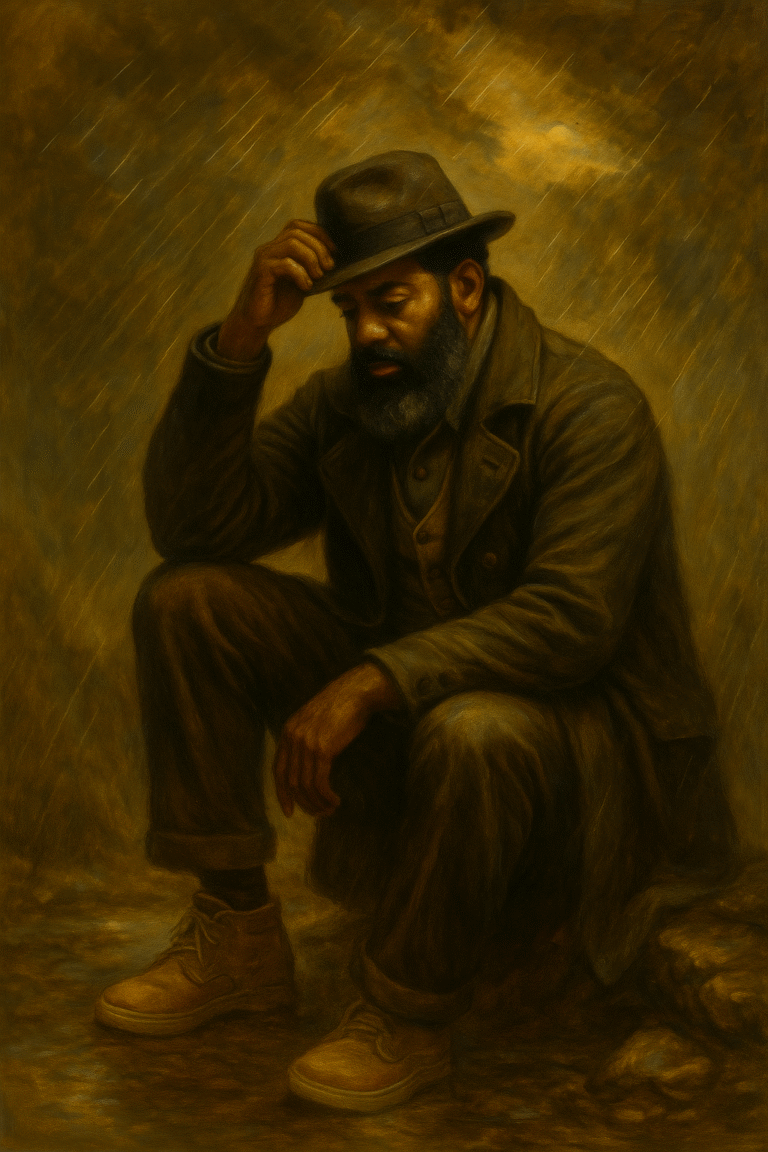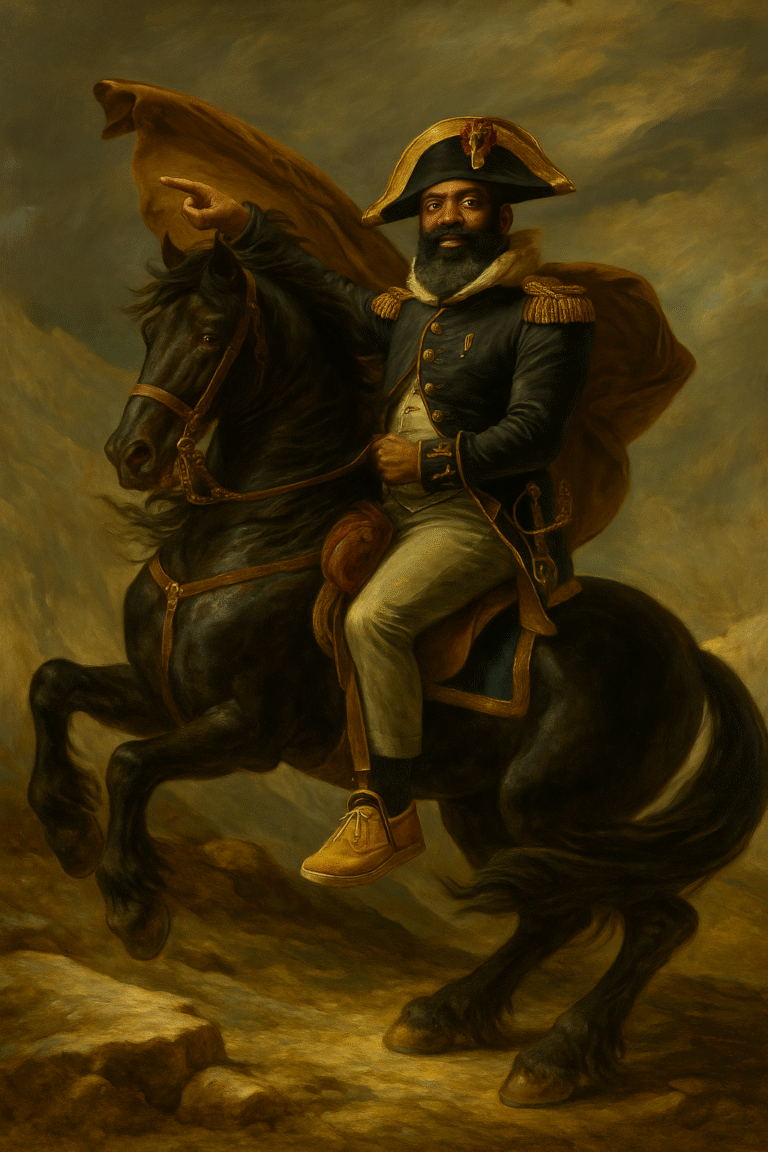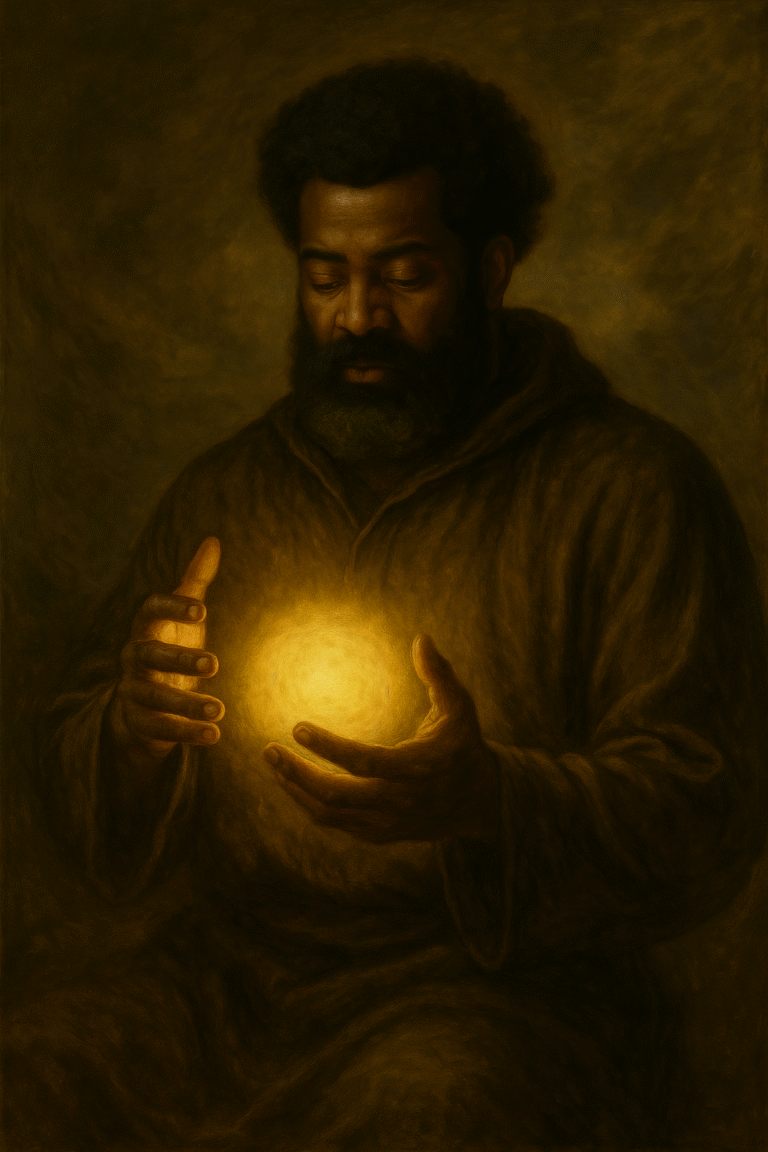
Physiological Needs – basic Needs (Pawns) 1st Level
the basic needs of life are:
- Food
- Water
- Breathing
- Homeostasis – body’s need to maintain a state of equilibrium
Pawns move forward one square at a time, except for their first move where they can advance one or two squares, and they capture diagonally one square forward. The Point Value for a Pawn is 1.
*A Pawn can be promoted to a Queen
Security and Safety Needs (Knights, Bishop) 2nd Level
the basic security and safety needs include:
- Financial security
- Health and wellness
- Safety against accidents and injury
Finding a job, obtaining health insurance and health care, contributing money to a savings account, and moving to a safer neighborhood are all examples of actions motivated by security and safety needs.
Knights are a A minor piece that can move in an “L” shape, jumping over other pieces. They can move two squares in any direction vertically followed by one square horizontally, or two squares in any direction horizontally followed by one square vertically. The Point Value for a Knight is 3.
The Bishop is an interesting piece because it can move as far as it wants but only on diagonals. It is a long-range piece and can be very dangerous! The Point Value for a Bishop is 3
Love and Belonging (Rook) 3rd Level
the things that satisfy this need include:
- Friendships
- Romantic attachments
- Family relationships
- Social groups
- Community groups
- Churches and religious organizations
In order to avoid loneliness, depression, and anxiety, it is important for people to feel loved and accepted by others. Personal relationships with friends, family, and lovers play an important role, as does involvement in groups—such as religious groups, sports teams, book clubs, and other group activities.
Rook moves horizontally or vertically any number of unoccupied squares, but cannot jump over other pieces. The point Value for a Rook is 5.
Esteem Needs (Queen) 4th Level
At the fourth level in Maslow’s hierarchy is the need for appreciation and respect. Once the needs at the bottom three levels have been satisfied, the esteem needs begin to play a more prominent role in motivating behavior.
At this level, it becomes increasingly important to gain the respect and appreciation of others. People have a need to accomplish things, then have their efforts recognized.
Together, the esteem and social levels make up what is known as the “psychological needs” of the hierarchy.
The Queen can be moved any number of unoccupied squares in a straight line vertically, horizontally, or diagonally, thus combining the moves of the rook and bishop. The point Value for a Queen is 9
Self-Actualization Needs (King) 5th Final Level
At the very peak of Maslow’s hierarchy are the self-actualization needs. Self-actualizing people are self-aware, concerned with personal growth, less concerned with the opinions of others, and interested in fulfilling their potential.
“What a man can be, he must be,” Maslow explained, referring to the need people have to achieve their full potential as human beings.
Maslow’s said of self-actualization: “It may be loosely described as the full use and exploitation of talents, capabilities, potentialities,
A king can move one square horizontally, vertically, and diagonally unless the square is already occupied by a friendly piece or the move would place the king in check. If the square is occupied by an undefended enemy piece, the king may capture it, removing it from play.
Different Types of Needs
Maslow’s hierarchy of needs can be separated into two types of needs: deficiency needs and growth needs.4
- Deficiency needs: Physiological, security, social, and esteem needs are deficiency needs, which arise due to deprivation. Satisfying these lower-level needs is important to avoid unpleasant feelings or consequences.
- Growth needs: Maslow called the needs at the top of the pyramid growth needs. These needs don’t stem from a lack of something, but rather from a desire to grow as a person.
While the theory is generally portrayed as a fairly rigid hierarchy, Maslow noted that the order in which these needs are fulfilled does not always follow this standard progression.
For example, he noted that for some individuals, the need for self-esteem is more important than the need for love. For others, the need for creative fulfillment may supersede even the most basic needs.







Hi, this is a comment.
To get started with moderating, editing, and deleting comments, please visit the Comments screen in the dashboard.
Commenter avatars come from Gravatar.